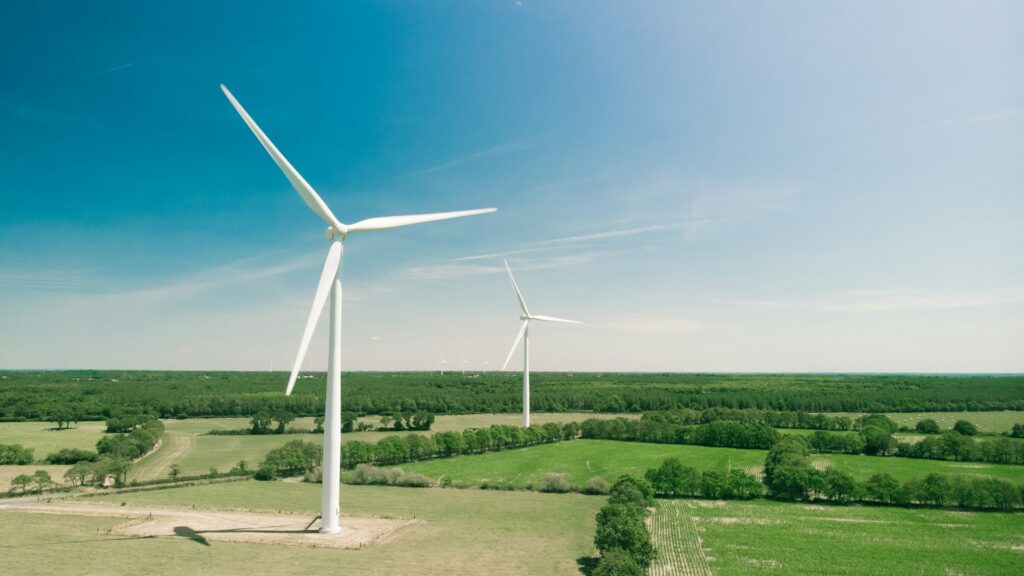Eric Lambin, professor at the Earth and Life Institute of UCLouvain, has been awarded a €2.5 million ERC Advanced Grant. His research project aims to study the implications of the transition to renewable energies for land use, ecosystems and landscapes.
To mitigate climate change, most electricity production will have to come from renewable energy sources, such as wind and solar power. The problem is that their energy density is much lower than that of fossil or nuclear sources. For the same output, renewable production units take up much more space than conventional production units. They therefore have a major impact on landscapes and ecosystems.
These spatial constraints generate a number of challenges: competition with other land uses, public opposition to certain projects and legislation that has to take account of the impact of these energies on the land.
In the news, there are regular reports of local residents protesting against a wind farm project, farmers protesting against a solar farm project on farmland, municipalities protesting against a high-voltage power line project, and so on.
Eric Lambin, a researcher at the Earth and Life Institute, intends to study the impact of the energy transition on land use and develop scenarios for the deployment of solar and wind energy that minimise conflicts with other land uses. To this end, he has been awarded an ERC Advanced Grant from the European Research Council.
« The spatial aspects of the energy transition have mainly been studied on the basis of the technical and economic potential of territories to produce these energies, but little account has been taken of social, ecological and landscape constraints. As a result, there is a risk that the potential for deploying these energies will be overestimated, because these local constraints have not been taken into account. This could become a barrier to a rapid shift away from fossil fuels. »
Different ways of implementing renewable energies
One way of reducing the land footprint of the energy transition is to co-locate renewable energy production with other uses. « There are two ways of implementing an energy system based on renewables: either a centralised system with large production units that make exclusive use of land, or a highly decentralised system, with small wind turbines and solar panels disseminated over existing infrastructure, where the electricity is consumed, or co-located with other productive activities, as in the case of agrivoltaics. »
Each system has its advantages and disadvantages: « Our energy system has been highly centralised for decades, and our electricity system is adapted to large conventional production units. Replicating this system for renewable energy is more economical. But it has a major impact on the territory ». As for the decentralised system, while it has a smaller land footprint, it involves rethinking the electricity infrastructure and doesn’t allow for economies of scale. « So it’s likely to cost more. »
Eric Lambin’s research will therefore involve comparing these two systems on the basis of an analysis of the choices and priorities of the various stakeholders: energy producers, land managers, public authorities and civil society.
It will study three cases: Belgium, a densely populated country faced with a shortage of land resources, Portugal, a European pioneer in renewable energy, and the Western Alps stretching across France, Switzerland and Italy. « The potential is great, but there are many areas of high ecological and landscape value, with different national legislations. »
The aim is to identify realistic options for implementing renewable energies in a sustainable way.
Eric Lambin has begun his work in September 2024, for a period of 5 years. His multidisciplinary research covers geography, governance, energy transition and spatial modelling. The grant from the European Research Council represents €2.5 million.
This article was originally posted on the UCLouvain website.

